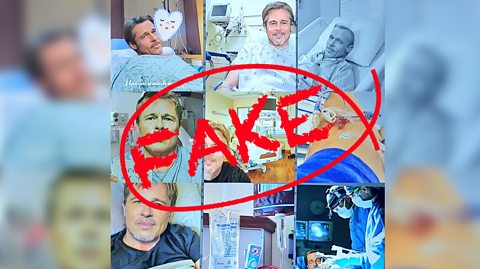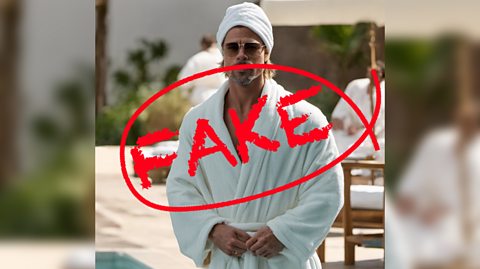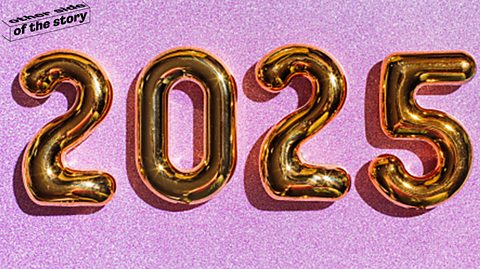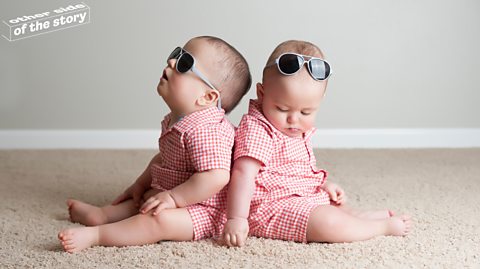Safer Internet Day 2025 will take place on February 11 and the theme this year is "Too good to be true?", focusing on the issue of online scams and the ways you can protect yourself from falling victim to one of the many scams online.
One of the areas Safer Internet Day is focusing on this year is how generative AI is impacting the approach of scammers. An April 2024 Ofcom study found that more than half of 12-15-year-olds have used AI tools, with 45% saying they use them ‘for fun’.
But while AI can be used for multiple purposes including the creation of fun videos and images, fraudsters are increasingly using the technology to catch people out.
This includes a French woman who was recently scammed out of £700,000 after a fraudster tricked her using AI images of the actor Brad Pitt.

The woman was first contacted on Instagram by someone posing as Brad Pitt’s mother, and later by someone claiming to be the actor who said that his bank account had been frozen by his ex-wife and he needed money to pay for cancer treatment.
This is the latest scam to use the Hollywood actor after Spanish police arrested five people last year accused of scamming two women out of £271,000.
While seven in ten young people surveyed said they were confident that they could tell if what they are looking at online is real or fake, scams are constantly getting more sophisticated.
So it's more important than ever to get clued up and stay safe online.
If you are trying to work out if an image is AI or real, here are some things to consider:
Firstly, focus on the details.
The quality of AI images is getting better all the time, with the best ones now almost indistinguishable from real photos, but they can have a few giveaways.
AI images are produced using data taken from other photos, so AI programs can struggle with details you may see less frequently in other pictures. Look at details such as the fingers to see if they look natural and logos and images can also be a giveaway as AI can often get these wrong.
Be wary of perfection.
Another good way of identifying an AI image is checking if it looks a little too perfect. AI images often lack details that can be found in real pictures, giving them an 'airbrushed' look, such as the AI image of Brad Pitt below.
Also consider the location. AI images are quite often set in a perfect location or fantasy.

Use a reverse image search.
If you've looked at the details and you're still none the wiser, another good option is to do a reverse image search.
This will identify other places on the internet that the photo exists, and can be very helpful when trying to determine if a picture is AI or real. Generally, AI photos will appear in fewer places than real ones, so will show up less frequently when you run a reverse image search.
A reverse search can also lead you to the original source of the image, which could be clearer in identifying the picture as AI generated, through the use of hashtags or the source's name.
Check your source.
When considering whether an image you're looking at is real or fake, you should always check to see if it comes from a reliable source.
It's most likely that an image is genuine if it's from a reputable, trustworthy news outlet.

Not sure if the news you’re seeing on social media is true or false? Can you always tell if the things you see online are real or fake? Learn how to get the other side of the story with our quizzes, videos and explainers.


